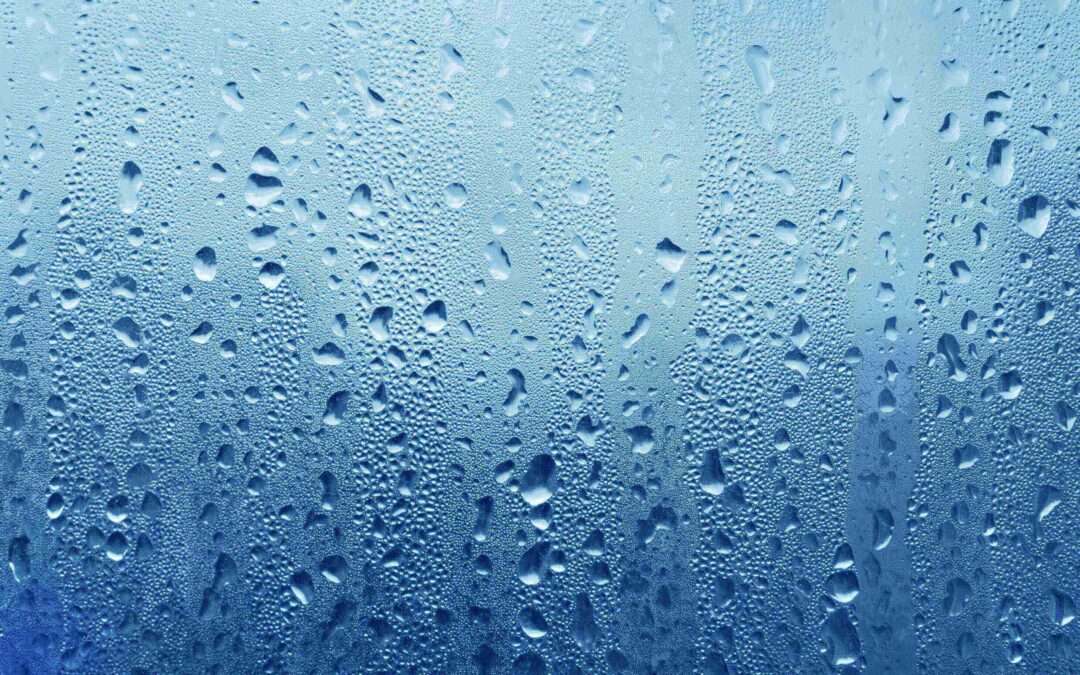Relative humidity refers to the amount of moisture in the air compared to the maximum amount of moisture that air can hold at a given temperature. In a home, the relative humidity can affect the ease and efficiency of heating and cooling the air. In this article, we'll take a look at why it is easier to heat and cool air that has lower relative humidity.
The latent heat of vaporization refers to the amount of energy required to convert liquid water into water vapor. When water evaporates, it absorbs heat from the surrounding environment, which is known as the latent heat of vaporization. This process has an important impact on the heating and cooling of air.
When the relative humidity is high, there is more water vapor in the air, which means that more energy is required to heat or cool the air. This is because the energy used to heat or cool the air is also used to change the state of the water vapor in the air. When air is heated, the moisture in the air absorbs some of the heat energy, which means that more energy is required to heat the air to a specific temperature. Similarly, when air is cooled, the moisture in the air releases a lot of heat energy when in condenses into water, which means that more energy is required to cool the air to a specific temperature.
On the other hand, when the relative humidity is low, there is less water vapor in the air, which means that less energy is required to heat or cool the air. This is because there is less moisture in the air to absorb or release heat energy.
For example, let's say you want the air in your 2,200 square foot home to be 70°F and 50% RH in the summer. In scenario 1, the air starts out at 75°F and 80% RH before you turn the air conditioning on. Your air conditioner is required to remove 4,475 Wh (watt hours) of energy from the air to reach your desired comfort level. Now lets's look at scenario 2, where the air temperature again starts at 75°F but the relative humidity is now only 50%. Now your air conditioner only has to remove 2,101 Wh of energy from the air to reach the same desired comfort level. That's less than half of the energy required just by starting with less humid air!
Scenario 1: 75°F and 80%RH requires 4,475 Wh to bring air to 70°F and 50%RH
Scenario 2: 75°F and 50%RH requires 2,101 Wh to bring air to 70°F and 50%RH
Therefore, when it comes to heating and cooling a home, it is important to consider the relative humidity of the air. By maintaining lower relative humidity levels in a home, homeowners can reduce the amount of energy required to heat or cool the air, as there is less moisture in the air to absorb or release heat energy. This can result in lower energy costs and a more comfortable indoor environment.
In addition to making it easier to heat and cool the air, maintaining lower relative humidity levels in a home can also provide other benefits, such as reducing the risk of mold growth and improving indoor air quality. To maintain lower relative humidity levels, homeowners can use a dehumidifier to remove excess moisture from the air, particularly in areas of the home that are prone to moisture buildup, such as basements and crawl spaces.


